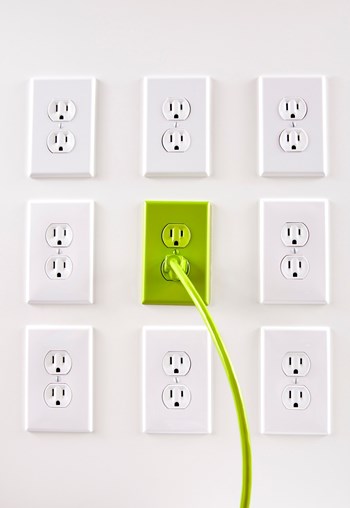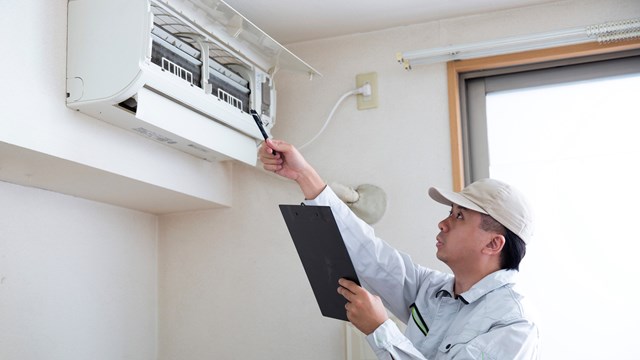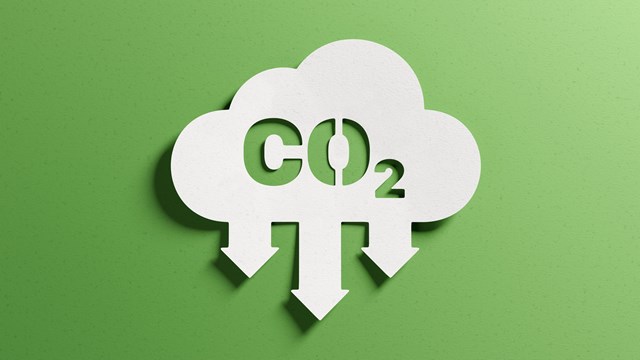
My last column discussed how the approach to greening your individual condominium unit is different from greening a single-family home. To complement the efforts private unit owners may be taking in their homes to reduce environmental impact, there are a number of stepsa condominium association can take that address sustainability on a larger, whole-building scale.
This article discusses some initial strategies that can be taken. Ideally, these strategies will lead to a larger conversation on how to make the building more sustainable. At the very least, these steps will set a positive example that residents can follow.
Energy Conservation
Many common areas are over-conditioned – either too hot or too cold. Set points can be adjusted to allow for less energy to be used, while keeping commonareas comfortable.
Energy use in common areas can also beconserved through lighting. Occupancy sensors could be used in trash rooms and janitor’s closets, while high-efficiency lighting can be used in common areas. Many utilities offer incentives for high-efficiency lighting and sensors. Providing common areas with enough lighting for safety without providing too much light is a good way to conserve energy.
Reducing electricity costs due to lighting or fan use will curb building operation costs. Reducing electricity costs in the present also yields savings in the future as the price of electricity is expected to increase.
Water Conservation
Unfortunately, the picture of sprinklers watering the landscape on a rainy day is far too common. Minimizing lawns (large consumers of water) and choosing native, drought-tolerant or adaptive plants helps reduce or eliminate the need for irrigation. The new plantings can be phased in over time. If an irrigation system must be used, consider a high efficiency drip system. If an irrigation system has already been installed, consult a landscape professional to discuss possible retrofit ideas. As with electricity, water conservation can have an effect on building operations cost.
If the site includes a paved parking area, consider incorporating bioswales to process storm water runoff. A bioswale is a channeled grouping of plants designed to capturestorm water and filter out contaminants.
Housekeeping
The use of less toxic, or non toxic, cleaning supplies benefits both cleaning staff and building occupants. Be sure to include training of housekeeping staff to ensure products and amounts are being properly administered. Training helps to curb waste resulting from too much productbeing applied due to the misconception that it may be less effective.
Mats or permanent entryway systems that are cleaned regularly will cut down thenumber of particulates that travel further into the building on occupants’ shoes.
Prohibiting smoking in common areas and in outdoor areas adjacent to building entrances and air intakes will reduce occupants’ exposure to environmental tobacco smoke, known to have negative health impacts. Additionally, prohibiting smoking also reduces necessary surface and air cleaning.
Another area that can be included in green housekeeping is waste management. Be sure to make space in the trash room for recyclables and encourage residents to recycle. The building recycling rate can be increased by arranging for pickup of itemsnot collected by your local municipality.
Materials
When making repairs, choose building supplies such as adhesives, paints and other materials that are low emitting. Items such as adhesives or paints with lower volatile organic compound (VOC) content are less harmful than conventional products. Low emitting carpet, such as products that meet the Carpet and Rug Institute’s Green Label criteria, should be considered. For wood or agri-fiber products, look for products that do not contain added urea formaldehyde. Additionally, products that contain recycled content, are recyclable or are produced regionally can be considered.
Choose products that are durable and easier to clean. Also, consider the lifecycle cost of a product, not just the first cost. A cheaper option that needs frequent replacing over the long term will cost morethan a durable product with a higher upfront cost. Additionally, flooring material that does not need to be buffed and sealed regularly reduces maintenance cost.
Education
Unit owners should be made aware of the motivation behind the implementation of sustainable strategies. They may be more willing to adopt energy and water conservation measures if they understand that not only does it benefit the environment, but it also helps keep down the building’s operating costs. Energy and water conservation measures should be documented, and a system should be put in place to track the outcome (energy and/ or water saved and how that translates into a cost savings). There are lessons to belearned from both positive and negative outcomes.
Planning for the Future
Once the easier-to-implement or “low hanging fruit” strategies have been achieved, a conversation regarding further sustainability issues can take place. Now is the time to think about the next steps or next sustainability goals and take action toward meeting those goals. Issues could include a building energy audit, reviewing feasibilityfor on-site renewable energy or updating the plan for capital improvements to include sustainability criteria.
A building energy audit details the building’s energy consumption and provides information to address areas of concern or improvement. Some utilities offer incentives for, or facilitation of, the actual audit. An initial feasibility assessment can determine if your building or site is a good candidate for on-site renewable energy such as a photovoltaic (solar panel) array. The Massachusetts Technology Collaborative website (www.masstech.org) provides information about different types of electricity-generating renewables and administers various incentive programs. The website also offers questions to help you determine feasibility as well as providing a calculator to determine your potential rebate.
Including sustainability criteria in the plan for capital improvements ensures thatthe process will continue. For example, specification of light-colored materials to reduce heat island effect can be made for roof repairs or replacement.
Improvements in building sustainability not only make the community association a better place to live, but can also provide savings in operating costs, contributions that should be valued by the condominiumassociation and owners alike.






Leave a Comment